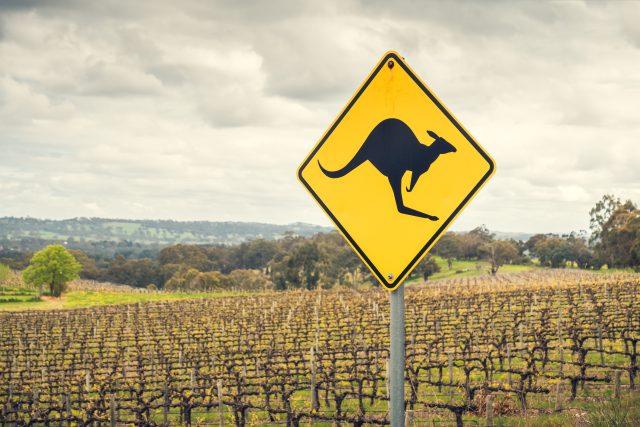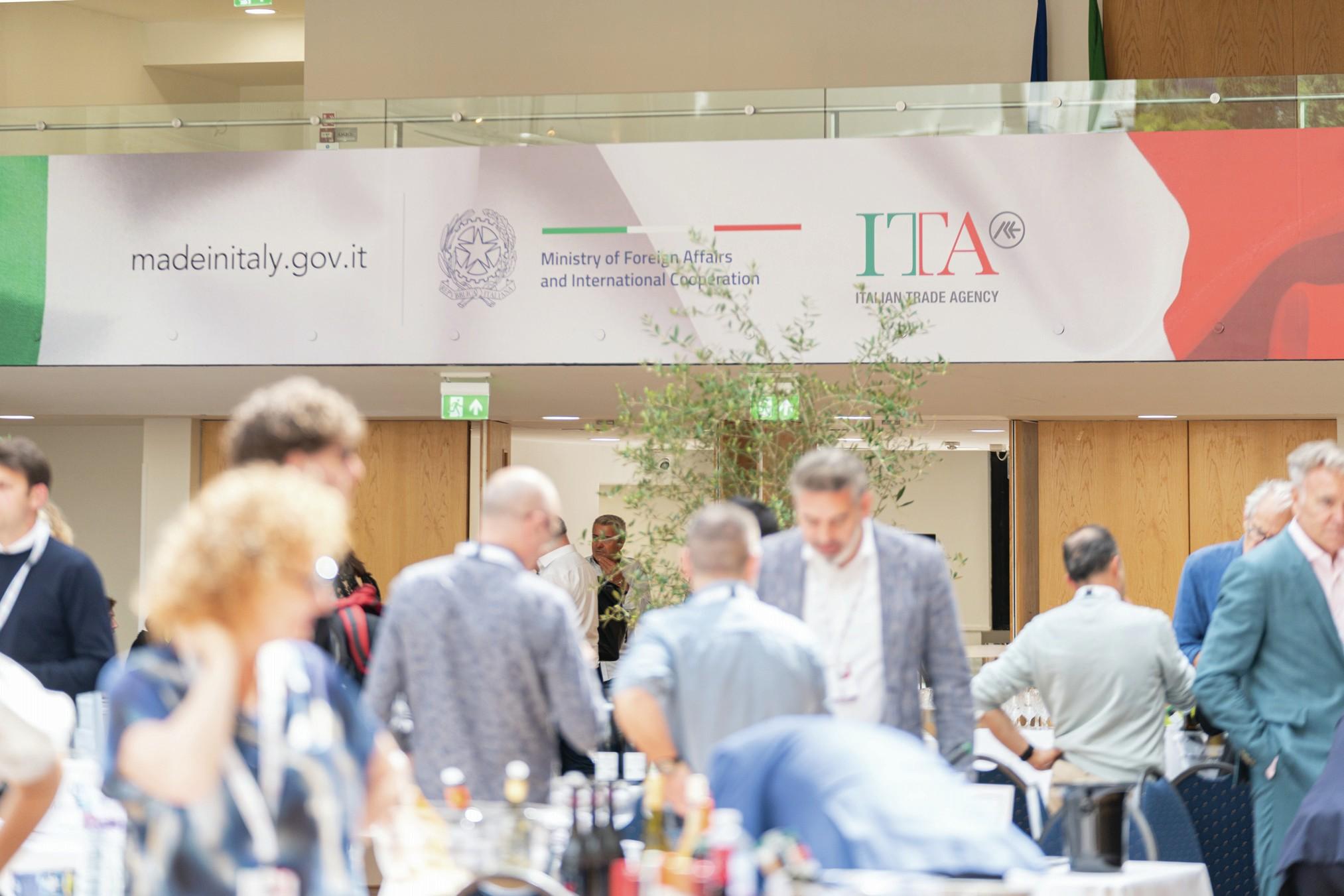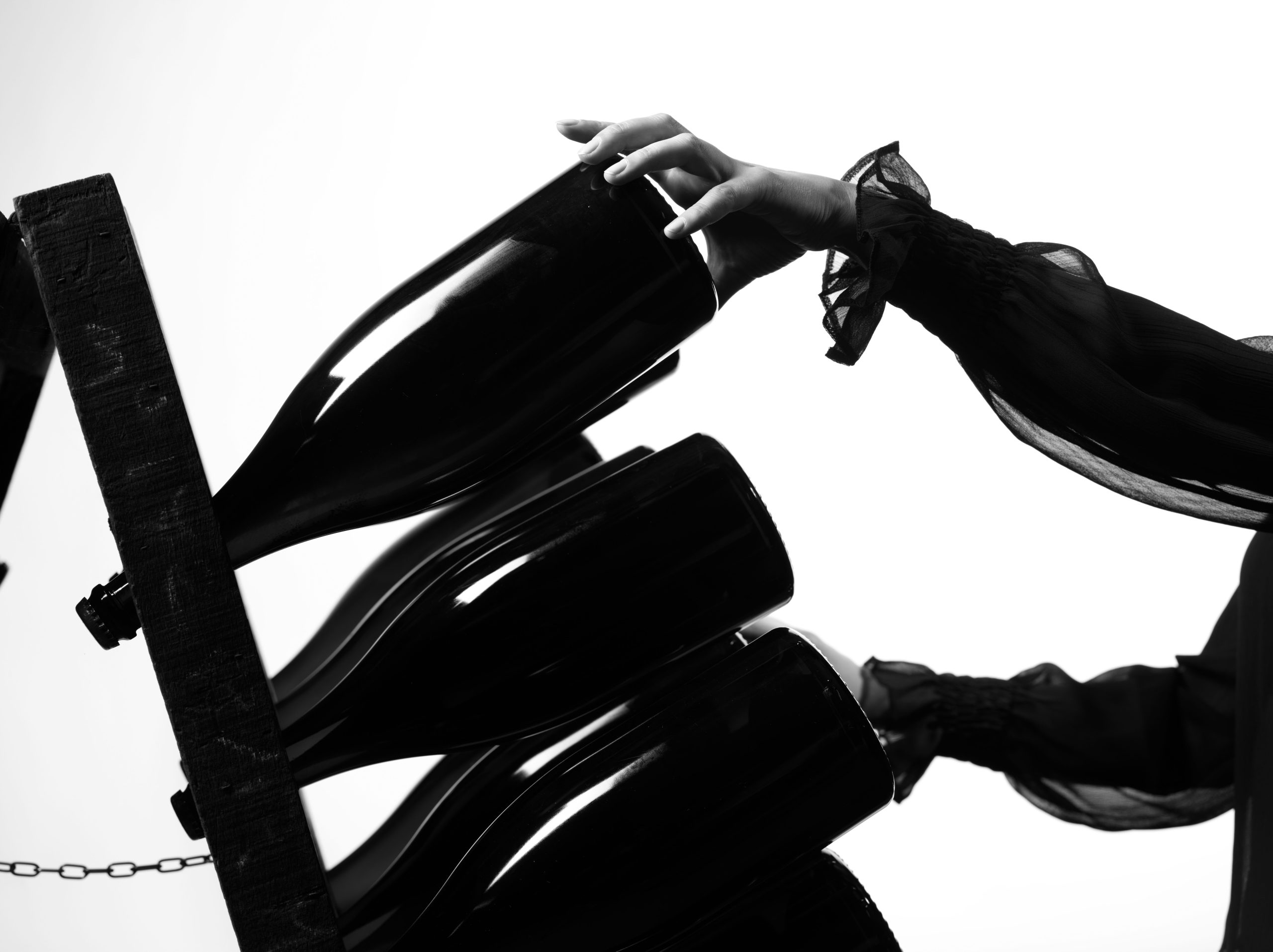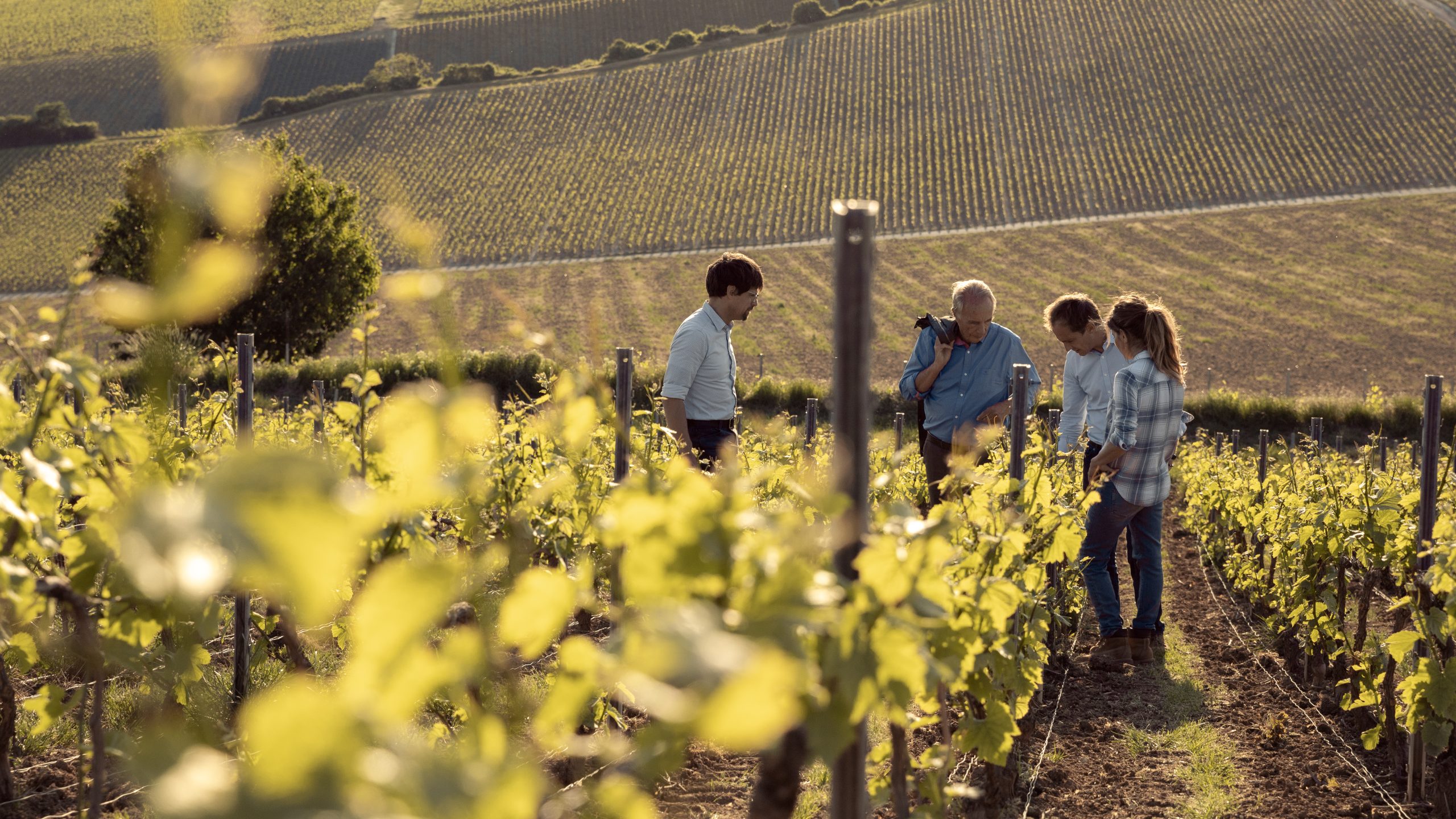Australian wine tariffs ‘under review’, but don’t jump for joy just yet
China and Australia have agreed to a five-month review of the wine tariffs that have threatened to derail the Aussie wine industry over the last three years. However, analysts say that even if the tariffs were removed overnight it would still take two years to clear Australia’s wine surplus.

Hopes of a rapprochement between Australia and China over Beijing’s punitive wine tariffs have soared after Australia’s prime minister, Anthony Albanese, revealed at the weekend that the two governments have agreed to a five-month long review of the tariffs.
But even if the wrangle were to be settled overnight, the loss for the past three years of Australian wine’s biggest export market means the industry has been forced into its most dramatic rethink in more than a generation.
The duties were introduced in late 2020 and overnight shut down Australia’s biggest export market (China), worth more than AU$1.2 billion (£620 million). The tariffs have drastically reshaped the landscape for Australia’s grape growers and wineries.
Long gone are the days when Australian wines were stigmatised as cheap and high-alcohol, but the bulk do remain at the “commercial” or “commodity” end of the quality spectrum, and this is the category most feeling the pressure.
This is because worldwide, consumers are moving up the quality scale, drinking less but drinking better.
France, for instance, has introduced a scheme to convert 300 million litres of surplus wine into pure alcohol and is paying vignerons to grub up vines which will reduce the planted acreage in the Charentes by 10%.
While Australia produces less than 5% of the world’s wines, even in its home market demand has shifted significantly.
Consumption of premium wines has risen by 17% in the past five years but purchases in the under AU$10 per bottle commercial category are 13% lower.
In China, growing demand for spirits meant that wine consumption dropped by 16% in 2022 and moved away from the Shiraz and Cabernet Sauvignon grape varieties which featured highest in Australia’s exports there.
Worse still, Chilean, Argentinian and South African producers have moved rapidly to fill the void left on China’s shelves by the ban on Australian wines.
The upshot is, according to Rabobank, that if China reopened tomorrow it would still take Australia two years to clear the surplus 2.8 billion bottles languishing in tanks and cellars.
According to Wine Australia, there are 2,156 wineries and approximately 6,000 grape growers employing 163,790 full and part-time employees across 65 winegrowing regions.
The message to them is clear; the industry needs to streamline to protect its profits.
Many of the growers cultivate vines as an adjunct to other agricultural activities. Depending on quality, of course, their crops are being marginalised and profitability is disappearing, even if it existed previously.
So are the economics of many wineries collapsing.
Partner Content
Treasury Wine Estates (TWE), the biggest player, is shutting its Karadoc winery near Mildura after the next harvest and transferring production to other facilities of commodity wines under the Lindeman’s Yellowglen and Wolf Blass labels. However, TWE’s shares rose by 5.3% to AU$12.390 following the Australian prime minister’s announcement of the five-month tariff review.
Earlier this year, Accolade unloaded its Tasmanian sparkling enterprise House of Arras in a bid to lower its substantial debts.
Accolade is owned by US investment house Carlyle which paid US$770 million for the group only five years ago. Now it is currently going through a debt restructuring.
Even more significant is the fact that Pernod Ricard is said to be looking for a buyer for its entire wine portfolio, including the Jacob’s Creek (Australia) and Brancott Estate (New Zealand) labels.
The party line in Paris is that the French giant is always evaluating its assets and that no decision has been taken. Significantly, however, it has not specifically denied the speculation.
Meanwhile, Australian Vintage, which owns the McGuigan, Tempus Two and Napenthe brands, among others, has also commissioned a complete review of its operations.
Treasury’s CEO, Tim Ford, last week suffered 40% of his shareholders rejecting the group’s bonus package on the basis that despite his skilful reshaping of Treasury to cope with the Chinese body blow, they were worse off than before 2020. The payments will, however, go ahead.
What is the industry’s future? Undoubtedly economic reality will mean fewer growers and wineries as Australia once more moves up the quality scale.
There will be more failures and consolidations to address the much-changed landscape.
One scenario gaining traction is that an investment house could use the crisis to buy up much of the commodity production spectrum and then rationalise into a highly profitable enterprise supplying the commodity market.
Think Gallo.
Related news
The Castel Group rocked by Succession-style family rift




